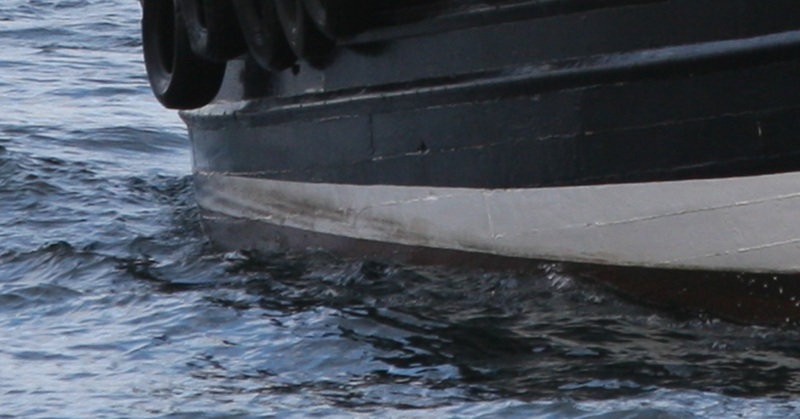Fishermen have claimed new rules forcing the use of buoyancy aids at sea will be “impossible to police”.
The UK Fishing Industry Safety Group (FISG) is working on regulations which will see all crew members of fishing vessels required to wear some form of lifejacket while working.
While the Scottish Fisherman’s Federation is backing the move, others in the industry remain sceptical that workers will adhere to the reform.
Alex Smith, who co-owns Inchcape Marine Services in Arbroath and spent 40 years as a commercial fisherman, welcomed the prospect of tougher safety rules but claimed wearing a flotation aid should be down to individual preference.
He said: “A lot of the guys already have lifejackets that they can use when working.
“They have been trying to make people wear lifejackets on boats for years, but in reality it would be almost impossible to police.
“It would be a problem for a skipper if he were to be made liable for his crew wearing them, because he would then be responsible if something happened and they didn’t have a lifejacket on.”
Mr Smith, who is also operations manager for the Arbroath Lifeboat, said he does not insist that anglers using his boats for recreational fishing wear buoyancy aids, although he is required to carry them on board.
“I was at sea for 40 years and I never wore one, but that doesn’t mean to say it is the right thing to do,” he said.
“It is very rarely you ever hear of anybody being lost at sea these days because the skippers are very safety-conscious.
“At the end of the day it is all down to your own personal safety so it should be up to the individual whether they want to wear a jacket or not.”
Brian Beckett, chairman of the Arbroath and District Static Gear Association, claimed the current lifejackets on offer are not practical for creel fisherman but said he would welcome more lightweight vests.
“To be honest I think making fisherman wear lifejackets is a good idea, but the only problem is there is not a jacket suitable for working with creels.
“They are good for yachts and pleasure boats rather than the commercial side of things, because they are just too bulky and most of them wouldn’t last more than a few months of wear and tear.
“It would be very difficult to make people wear them because there are not many police cars out in the sea, so how they would enforce it I don’t know.”TragedyThe rules are expected to become law by next December, with a minimum accepted level of buoyancy already available in waistcoats and oilskins.
The move to make lifejackets compulsory aboard all vessels follows a tragedy in Angus in 2007.
Denis Cargill (60) from Arbroath died after being knocked overboard from his creel boat while working alone without a buoyancy aid.
In the fatal accident inquiry that followed his death, Sheriff Norrie Stein recommended fishermen especially those working alone should be actively encouraged to wear correct lifejackets when at sea and advised making their use compulsory.
Following the report, fishermen with boats up to 15 metres long were encouraged to install the MOB Guardian system, a GPS-based device which alerts HM Coastguard within minutes of a person falling overboard.
Mr Cargill was a former lifeboat crew volunteer and had two lifejackets on a peg in his boat’s wheelhouse when he fell to his death.
However, as is the case with the majority of creel fishermen, he was not wearing one of the aids, viewing the vest as being too awkward to allow work to be done.
The formal cause of death given was salt water drowning and Sheriff Stein noted all the evidence pointed to “one, unquestioned explanation” on how it occurred.
His determination stated Mr Cargill had been snagged by one of his lobster pots, which ran back out to sea in an “unplanned manner,” carrying him overboard.
The last pot became jammed in the side rail of the boat, effectively anchoring the vessel to the sea bed.
It was concluded the accident may have been avoided if the pot hauler mechanism had been working effectively.
